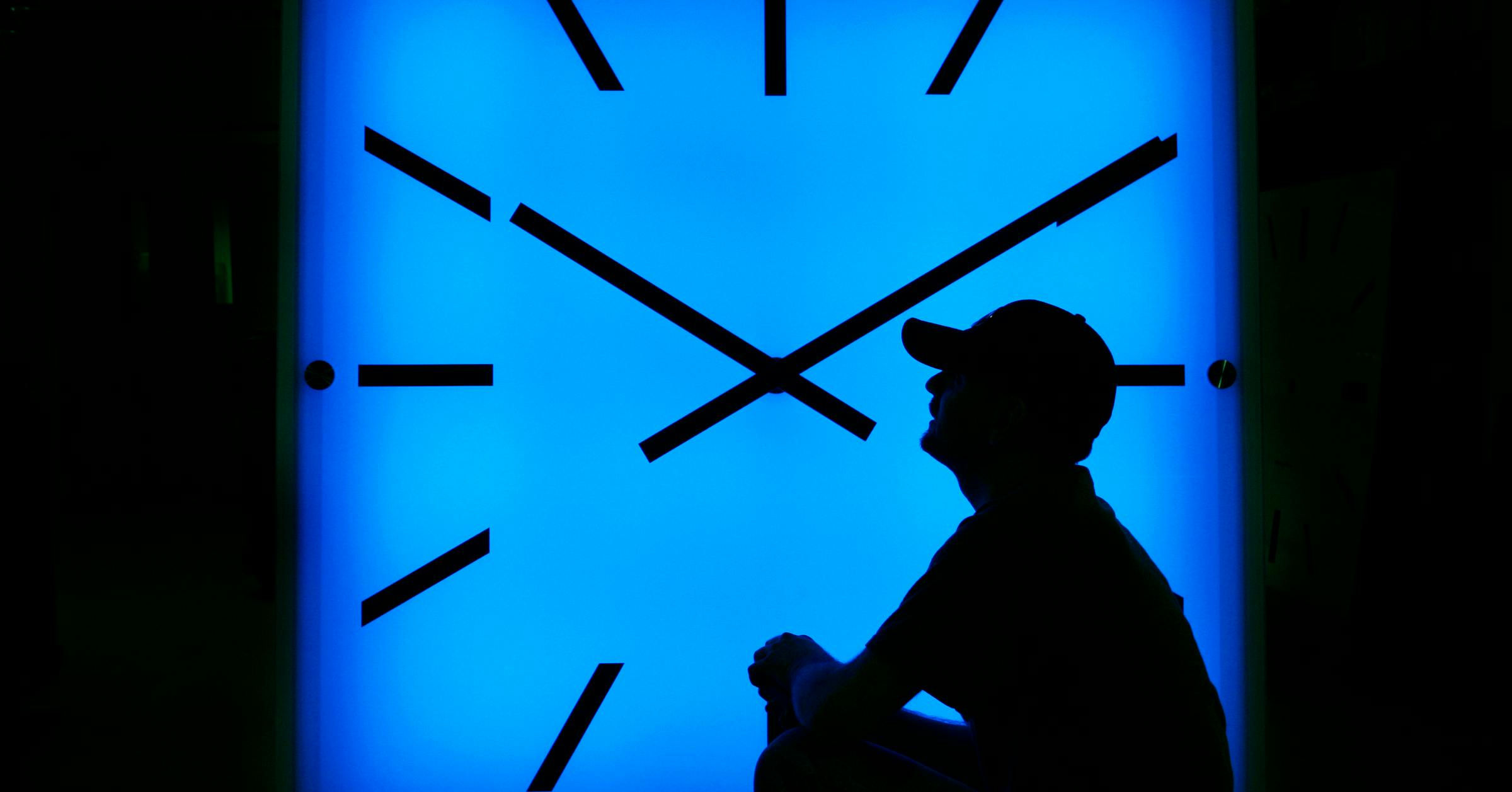Star Tribune
Loons are Minnesota’s new icon, but they’re wintering in Florida

As the common loon is immortalized as the new emblem of Minnesota, the roughly 12,000 birds counted in the state’s population aren’t here to celebrate. They’ve gone fishing in the bath tub-warm waters of the Gulf of Mexico.
The icons of the North Woods spend about half their lives in the Deep South, but there are reasons why they are more beloved here than down off the Florida coasts.
To start, the birds change their colors so much during their southern months they can be hard to recognize. They lose their striking black-on-white plumage, which turns into more of a dull gray in the winter. Their deep red eyes turn brown. Even their beaks change from a midnight black to light gray.
Loons can also be difficult to spot during their migration. In the fall they start to mass up on some of Minnesota’s deepest and clearest lakes, rafting together by the hundreds to chase cisco and other fatty fish. Then they tend to fly to the middle of Lake Michigan, far out of sight, where they spend a few weeks packing on energy by hunting feeder fish and invasive round gobies, according to studies the U.S. Geological Survey.
Once in Florida, they stay mostly quiet with no need to call for mates or fight for nesting territory. There are no young for the parents to carry on their backs. There are no small lakes that they have made their own. And even though they can dot Florida’s shorelines and bays by the thousands, without their colors or distinctive calls, they can be hard to differentiate from the millions of other birds that shelter and winter in the south.
Loons have been relatively successful finding a mate and rearing their young in Minnesota since the 1990s. Annual surveys show that the population has stayed right around 12,000 over that time. But there are warning signs, said Krista Larson, a nongame research biologist for the Minnesota Department of Natural Resources.
The surveys show about 0.5% drop each year in the number of chicks seen over the last 30 years, Larson said.
“That’s a small decline — there are no alarm bells yet,” she said. “But it’s still a decline. We have to stay tuned to see if that juvenile recruitment piece might be dipping.”
Come March and April, adult loons will get their colors back. The radar in their brains will kick on and the individual birds, which can live for 30 years, will find their home lake in Minnesota, returning to the same one out of 10,000-plus year after year. There, after six months of silence, they will let out their ancient mournful call.
Star Tribune
This Rochester MN school police officer used to be a narcotics cop
Some take him up on it and fret when he’s not around.
“It is nice to be missed and be part of the school’s culture,” Arzola said. But mostly, he added, he wants kids to know that police aren’t around just for when the bad stuff happens. He’ll hand out his stickers and bracelets, even a trading card bearing his image. Then, they’ll talk about dogs and family.
School resource officer Al Arzola talks to students in his office at John Adams Middle School in Rochester on Oct. 11. (Leila Navidi/The Minnesota Star Tribune)
Two months ago, Rochester played host to a three-day training session for new SROs from across the state — an event organized by the Minnesota School Safety Center. On the final day, the 26 officers learned about surveillance challenges at the other school where Arzola works: Dakota Middle School.
It is a beautiful building with a scenic view. There is a lot of glass, too. Arzola, handling the role of instructor and tour guide, took the group outside and noted how one could look straight through the entrance to the large groups that gather inside. There were no curbs in front, either.
“There is nothing stopping any vehicle whatsoever from going through my front doors,” Arzola told the officers. “Law enforcement wasn’t talked to before this building was made. It was kind of like, ‘Here it is. You’re the SRO. Do what you do.’”
He showed them his office, too, which is separate from the main office and near those of other school support staff members. That makes sense, said Jenny Larrive, SRO coordinator for the Minnesota School Safety Center, given than SROs spend more time connecting with youth than on actual law enforcement.
Star Tribune
How Minnesota is recruiting poll workers in a divisive presidential election

“The basic rule in Minnesota is you cannot preemptively post law enforcement at a polling place,” he said. “A city can’t say, ‘Wow, Precinct Two, there’s a lot of intensity there, let’s just put a cop at the door.’”
Simon doesn’t go deep into the details on security, though. “I don’t want to give a total road map to the bad guys,” he said.
But testimony at the Capitol last year on behalf of the new law bolstering protections for election and polling place workers indicated there’s room for concern. One election worker was followed to her car by an angry voter; the head of elections in another county was called repeatedly on her home phone during off hours, and an official was lunged at by an aggrieved voter, forcing her to call the local sheriff.
Those who violate the law could now face civil damages and penalties of up to $1,000 for each violation.
The Brennan Center survey indicated more than four in 10 election leaders were concerned about recruiting enough poll workers due to threats of harassment and intimidation. This includes doxing — publishing a person’s personal information online in a threatening manner — and swatting, fake emergency calls that result in an armed response being sent to someone’s home.
“Election officials are working to prepare for everything right now,” said Liz Howard, director of partnership engagement at the Brennan Center. “More than 90% of election officials have made improvements to election security since 2020.”
Star Tribune
Daylight saving time ends next weekend. This is how to prepare for the potential health effects

The good news: You will get a glorious extra hour of sleep. The bad: It’ll be dark as a pocket by late afternoon for the next few months in the U.S.
Daylight saving time ends at 2 a.m. local time next Sunday, Nov. 3, which means you should set your clock back an hour before you go to bed. Standard time will last until March 9 when we will again ”spring forward” with the return of daylight saving time.
That spring time change can be tougher on your body. Darker mornings and lighter evenings can knock your internal body clock out of whack, making it harder to fall asleep on time for weeks or longer. Studies have even found an uptick in heart attacks and strokes right after the March time change.
”Fall back” should be easier. But it still may take a while to adjust your sleep habits, not to mention the downsides of leaving work in the dark or trying exercise while there’s still enough light. Some people with seasonal affective disorder, a type of depression usually linked to the shorter days and less sunlight of fall and winter, may struggle, too.
Some health groups, including the American Medical Association and American Academy of Sleep Medicine, have said it’s time to do away with time switches and that sticking with standard time aligns better with the sun — and human biology.
Most countries do not observe daylight saving time. For those that do — mostly in Europe and North America — the date that clocks are changed varies.
Two states — Arizona and Hawaii — don’t change and stay on standard time.
Here’s what to know about the twice yearly ritual.




